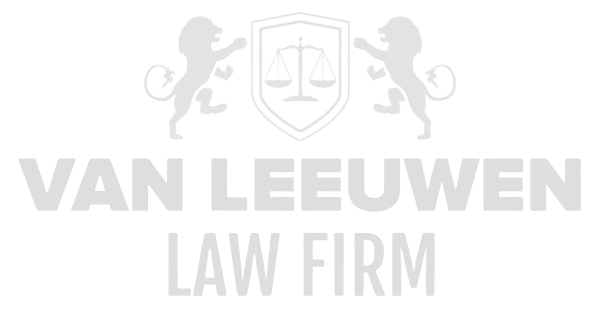Cybersecurity encompasses various aspects, including threat management, incident management, and crisis management. Effective threat, incident, and crisis management are essential in the modern world of cyber threats, where organizations regularly face advanced and malicious attacks. The ability to respond rapidly to threats and incidents and effectively communicate with both internal…
Read more



